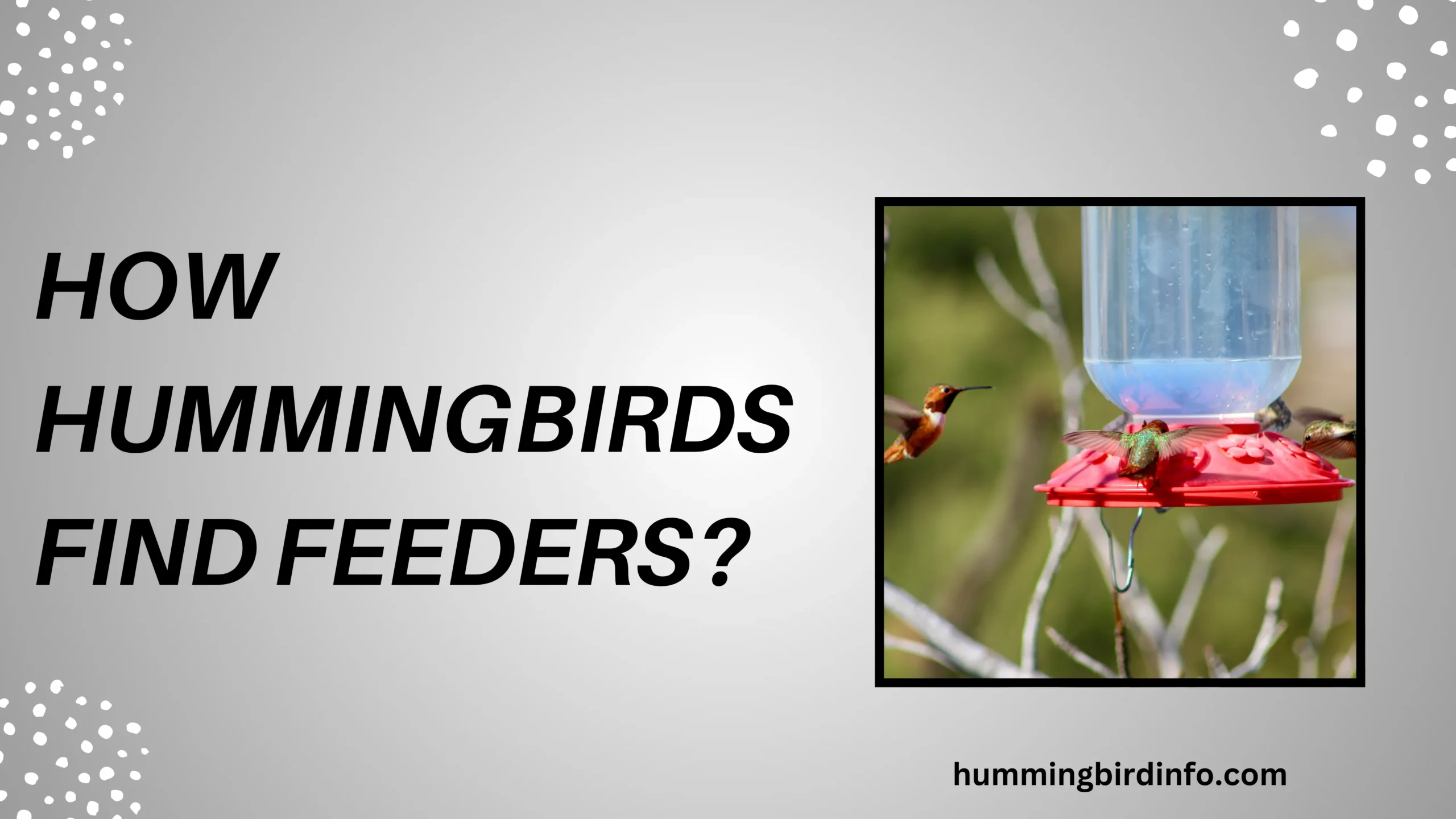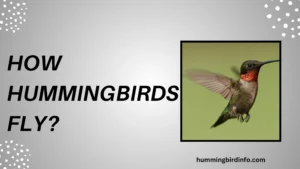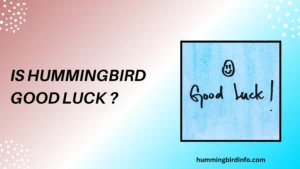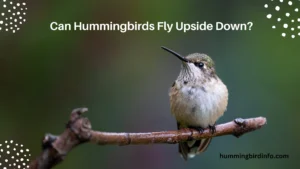Hummingbird feeders are an inviting sight for birdwatchers and nature lovers alike, drawing these enchanting creatures to yards and gardens. Whether it’s the mesmerizing beauty of their flight or the joy of watching them hover at a feeder, the experience is unmatched.
But have you ever wondered how these tiny birds find the feeders so quickly? With their enormous ranges and delicate size, how do they efficiently discover these artificial food sources amidst vast landscapes?
The mystery behind their ability to locate feeders is more than just chance – it involves a combination of visual cues, memory, and even social learning. Understanding how hummingbirds find feeders can enhance your birdwatching experience and help attract more of these delightful visitors to your yard.
This article will take you on a journey through the fascinating science behind how hummingbirds find feeders. From their impeccable vision and attraction to color to their ability to remember the location of multiple feeders, we’ll explore the various factors that guide these incredible creatures.
You’ll also learn how feeder design, placement, and even social cues come into play, making your backyard a welcoming stop for these tiny aviators. Get ready to discover the secrets behind how hummingbirds find feeders, and gain insights into how you can make your yard even more hummingbird-friendly.
Whether you’re a seasoned birdwatcher or a first-time feeder installer, this guide will provide valuable information to enhance your understanding and appreciation of hummingbirds.
By the end of this article, you’ll have all the knowledge you need to attract more of these fascinating birds to your feeders – and keep them coming back for more.
Contents
- 1 Conclusion:
- 2 FAQs:
- 2.0.1 How long does it take for hummingbirds to find a new feeder?
- 2.0.2 Do hummingbirds prefer certain types of feeders?
- 2.0.3 What color do hummingbirds prefer most?
- 2.0.4 Can hummingbirds find feeders by smell?
- 2.0.5 Should I place my feeder near flowers?
- 2.0.6 Why are my feeders not attracting hummingbirds?
The Power of Sight – Attracted to Color
Hummingbirds possess an exceptional vision that is far more advanced than humans. Their eyes can perceive a broader spectrum of colors, including ultraviolet light. This sharp eyesight is one of the key reasons they are drawn to bright colors, particularly red.
In the wild, red flowers are often rich in nectar, signaling to hummingbirds that the flower is a valuable food source.
Scientific studies have shown that hummingbirds are especially attracted to red, which is why most hummingbird feeders are designed with red components. Even a small amount of red can make a feeder significantly more noticeable to these birds.
While red is the primary attractant, hummingbirds are also drawn to other vibrant colors like orange and pink. Additionally, the shape of the feeder plays a role in attracting hummingbirds. Feeders that mimic the shape of flowers are more likely to catch their attention.
Beyond the color, it’s not just about how the feeder looks; visual cues such as its size, shape, and the resemblance to natural nectar sources also influence whether hummingbirds will find it. This intricate interplay of colors and design helps make feeders a beacon for these tiny aviators.
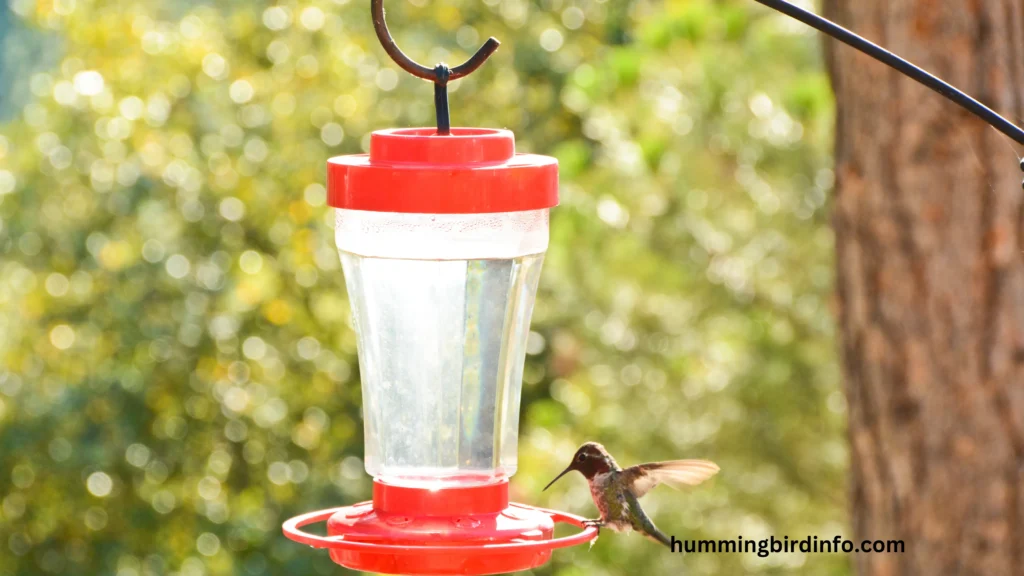
The Importance of Memory – Learning and Remembering
Hummingbirds are incredibly intelligent creatures with remarkable spatial memory. They can remember the precise locations of multiple feeders and flowers. Over time, hummingbirds learn to associate certain areas with a food source.
This is largely due to a process of trial and error as they explore their environment, creating a mental map of reliable feeding locations.
The bird’s memory is not just short-term; long-term memory plays a crucial role. Even after migrating thousands of miles, a hummingbird can remember the location of specific feeders. Studies have shown that many hummingbirds return to the same feeders year after year, demonstrating their ability to retain information over long periods.
This memory helps them navigate their territories efficiently, reducing the time and energy spent searching for food.
This impressive memory allows hummingbirds to forage effectively, ensuring they can return to a feeder as often as needed to satisfy their hunger. Their ability to remember not just where the feeders are but also the best times to visit is a testament to their sophisticated cognitive abilities.
Social Cues – Learning from Others
Hummingbirds don’t always have to rely solely on their own memory to find feeders. They are known to engage in observational learning, where they watch other birds and follow their behavior.
If one hummingbird discovers a new food source, others may notice and follow its lead. This social learning helps spread knowledge about food sources quickly.
However, territoriality complicates matters. Hummingbirds are highly territorial and will aggressively defend feeders, which can limit the number of birds visiting a single location. While this may seem like a disadvantage, it also means that once a hummingbird identifies a feeder, it will return to it consistently, knowing it’s a reliable source of food.
In addition, young hummingbirds may learn vital information about feeding locations and migration routes from older birds, further supporting the importance of social cues in their feeding behavior.
Feeder Placement and Design – Making It Easy to Find
To make it easier for hummingbirds to find your feeders, placement is crucial. The best locations are those that are highly visible to the birds.
Hang feeders in open areas, preferably near natural nectar sources such as flowering plants, where the hummingbirds already frequent. The feeder should be in a spot where it gets plenty of sunlight to increase visibility.
Additionally, placing feeders near shelter like trees or shrubs offers hummingbirds a place to rest in between feeding sessions. Feeder design also plays a role in attracting birds. Designs with multiple feeding ports can accommodate more birds and increase the likelihood that a hummingbird will discover the feeder.
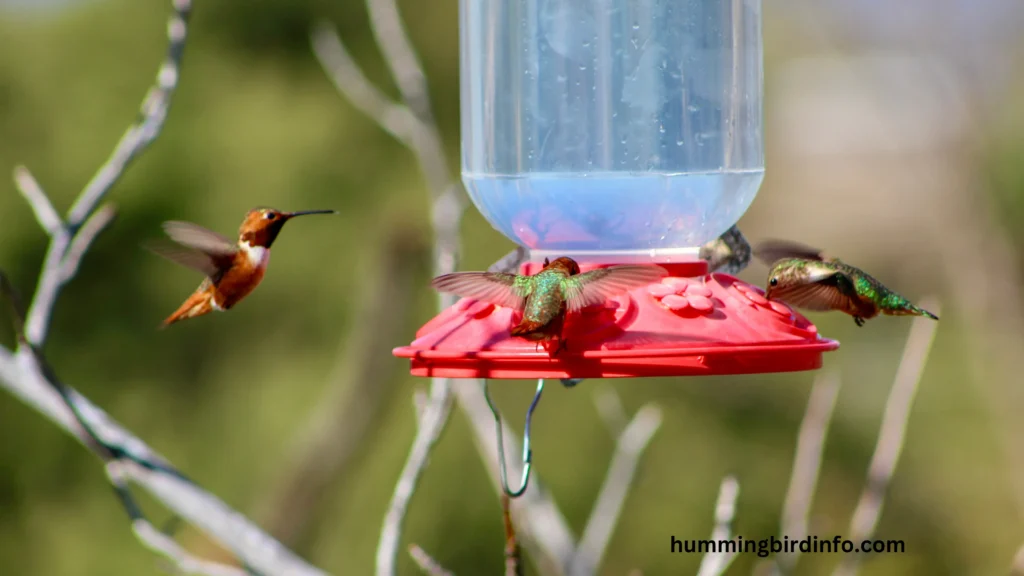
Sensory Abilities and Search Behavior – How Hummingbirds Find Food
Hummingbirds rely on a combination of visual scanning and specific flight patterns to locate food sources. Their innate ability to recognize flower shapes and colors associated with nectar helps them navigate their environment efficiently.
When searching for feeders, hummingbirds use their keen eyesight to scan for bright colors and specific shapes that signal a potential food source.
Moreover, hummingbirds can assess the sweetness of nectar, helping them determine which feeders offer the best food. This ability to gauge the quality of nectar ensures they are getting the energy they need to sustain their high metabolism.
Conclusion:
Understanding how hummingbirds find feeders can transform your birdwatching experience. These fascinating creatures rely on a mix of color attraction, memory, and social learning to locate food sources efficiently.
Whether you’re trying to attract more hummingbirds to your yard or simply marvel at their intelligence, knowing what draws them to feeders can make all the difference.
By optimizing feeder placement, using bright colors like red, and understanding the sensory abilities of these birds, you can create an environment that invites hummingbirds to return regularly.
With patience and the right techniques, you’ll soon be rewarded with a stunning display of these tiny aviators gracing your backyard.
FAQs:
How long does it take for hummingbirds to find a new feeder?
It depends on factors such as feeder visibility, the presence of other food sources, and the location of the feeder. It can take anywhere from a few days to a couple of weeks.
Do hummingbirds prefer certain types of feeders?
Yes, hummingbirds are attracted to feeders with multiple ports and those that mimic flower shapes. Red-colored feeders tend to be more effective at attracting them.
What color do hummingbirds prefer most?
Red is the color that hummingbirds are most attracted to, as it is often associated with nectar-rich flowers.
Can hummingbirds find feeders by smell?
While hummingbirds have a good sense of smell, they primarily rely on their vision to locate feeders.
Should I place my feeder near flowers?
Yes, placing feeders near natural nectar sources like flowering plants helps hummingbirds associate the feeder with a food source.
Why are my feeders not attracting hummingbirds?
Possible reasons could be poor visibility, incorrect placement, or a lack of attractive colors like red. Fresh nectar is also essential.

